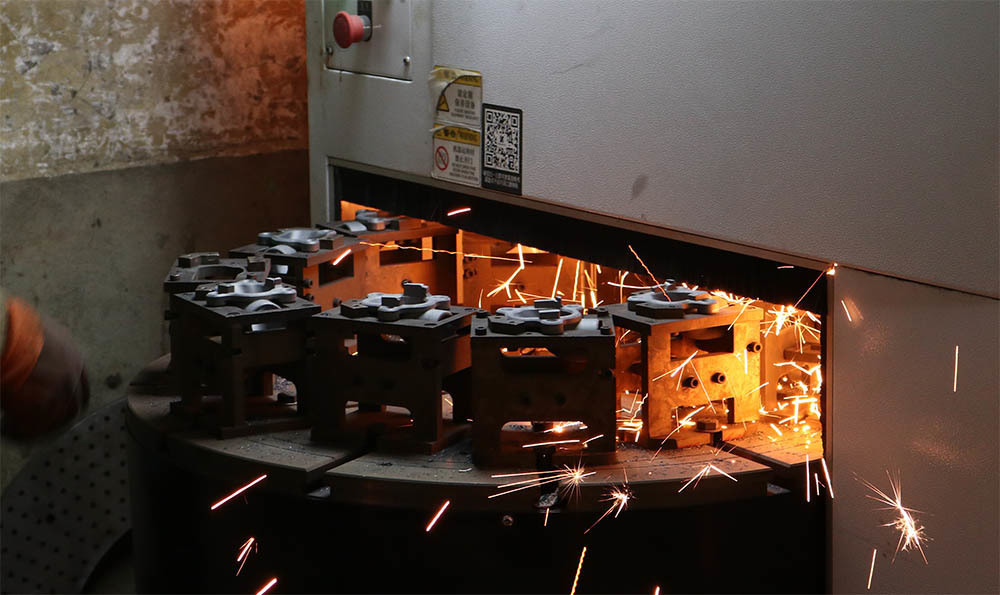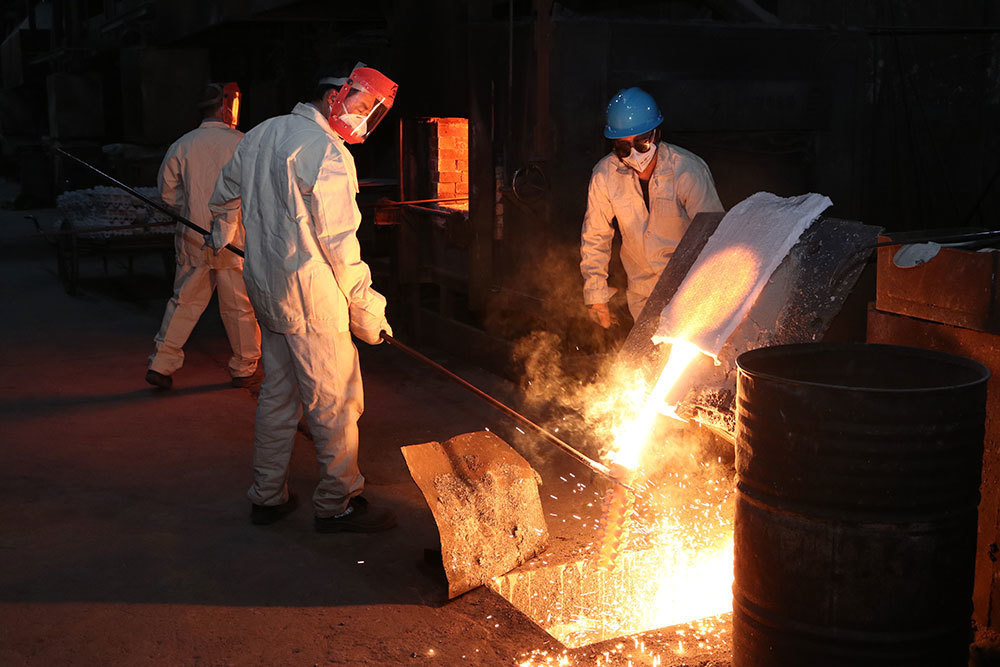2025-10-11
Revving Up Your Knowledge: The Ins and Outs of Automotive Parts Die Casting Service
Understanding Automotive Parts Die Casting
When it comes to manufacturing in the automotive industry, precision is key. That's where automotive parts die casting service comes into play. Imagine a seamless process that transforms molten metal into intricate parts with incredible accuracy. Sounds cool, right? Let's dive deeper into this world and uncover how it all works!
The Basics of Die Casting
At its core, die casting is a metal casting process that involves forcing molten metal into a mold cavity under high pressure. It's like squeezing toothpaste out of a tube, but instead of a tube, you have a precisely engineered mold. This method is especially popular in automotive manufacturing due to its ability to produce lightweight yet durable components.
Why Die Casting for Automotive Parts?
Here's the kicker: die casting offers several advantages over traditional manufacturing methods. For starters, the process enables the production of complex geometries that would be difficult, if not impossible, to achieve with other methods. Additionally, the high-speed nature of die casting means that parts can be produced quickly, helping manufacturers keep up with the ever-increasing demand for vehicles.
Materials Used in Die Casting
But what materials are we talking about here? Well, aluminum and zinc are the heavyweights in the die casting arena. They're favored for their excellent mechanical properties and corrosion resistance. Aluminum, for instance, is lightweight yet strong, making it perfect for automotive applications. Plus, it's recyclable, which gives it an eco-friendly edge.
The Die Casting Process: A Step-by-Step Guide
Here's how the magic happens:
- Mold Creation: The first step involves designing and creating molds. These molds are crafted from high-quality steel to withstand the pressures of the casting process.
- Melting the Metal: Once the molds are ready, the metal is heated until it reaches a molten state.
- Injecting the Metal: This molten metal is then injected into the molds at high pressure.
- Cooling and Solidifying: After a brief cooling period, the metal solidifies, taking on the shape of the mold.
- Trimming and Finishing: Finally, the cast part is removed from the mold and any excess material is trimmed away.
Applications in the Automotive Sector
So, what parts are we actually talking about? Well, die casting is used to manufacture a plethora of components, including:
- Engine blocks
- Transmission cases
- Housings for electrical components
- Wheels and suspension parts
These parts play a vital role in the overall functionality and performance of vehicles. Without die casting, modern cars wouldn't be as efficient or innovative as they are today.
The Future of Die Casting in Automotive Manufacturing
As technology continues to advance, the die casting process is also evolving. Innovations in 3D printing and computer-aided design (CAD) are changing the game, allowing for even greater precision and efficiency. Plus, with the rise of electric vehicles, there's a growing demand for lightweight parts that can help improve energy efficiency. Talk about a win-win!
Conclusion: A Drive Towards Innovation
In the fast-paced world of automotive manufacturing, automotive parts die casting service stands out as a critical process that drives innovation. It's not just about making parts; it's about making them better, faster, and more sustainably. So, the next time you hop into your car, take a moment to appreciate the engineering marvels that make your ride smooth and efficient. After all, you might just be sitting on a masterpiece of die casting!









